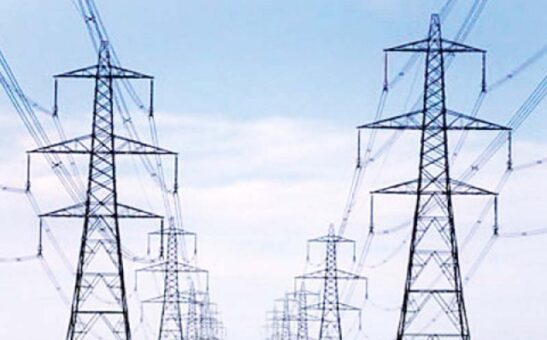Pakistan experienced a significant decline in power generation in April 2024, recording a 13.7 percent year-on-year (YoY) fall. According to the latest data, the country generated 8,639 GWh (11,612 MW) in April 2024, down from 10,010 GWh (13,903 MW) in April 2023.
Despite the annual drop, power generation saw a 7.7 percent increase on a monthly basis, rising from 8,023 GWh in March to 8,639 GWh in April. This monthly rise was largely driven by improved generation from Re-gasified Liquid Natural Gas (RLNG) and gas, which increased by 30.1 percent and 22.6 percent, respectively.
In the ten months of the fiscal year 2024 (10MFY24), spanning from July to April, power generation in Pakistan decreased by 2.4 percent YoY, totaling 101,089 GWh compared to 103,592 GWh during the same period last year. The decline was mainly due to reduced generation from nuclear sources (down 9 percent) and gas (down 23.9 percent).
Analysts from Arif Habib Limited (AHL) noted that actual power generation in April 2024 was 20.4 percent lower than the reference generation in Pakistan. This shortfall is expected to lead to higher capacity charges for the fourth quarter of FY24.
The total cost of generating electricity in Pakistan decreased significantly by 10.1 percent, dropping to Rs9.21 per kWh in April 2024 from Rs10.24 per kWh in April 2023. This reduction in cost was primarily attributed to a decrease in the power generation cost from RLNG, which fell by 7.2 percent, from Rs23.83 per kWh in April 2023 to Rs22.13 per kWh in April 2024.
RLNG emerged as the leading source of power generation in April 2024, accounting for 25 percent of the total generation mix, making it the largest source of electricity in the country. Hydel power followed closely, contributing 24 percent to the overall generation, while nuclear energy accounted for 23.6 percent of the power generation share.
Among renewable sources, wind, solar, and bagasse generation contributed 3.3 percent, 1.3 percent, and 0.6 percent, respectively, to the generation mix. The rise in RLNG and gas generation highlights the country’s increasing reliance on these sources, while the growth in renewable energy contributions, although modest, indicates a gradual shift towards sustainable energy solutions.
The significant YoY decline in power generation in April 2024 poses challenges for Pakistan’s energy sector, particularly in managing capacity charges and ensuring a stable supply. However, the monthly increase and reduced generation costs offer some optimism. The country’s evolving power generation mix, with a notable rise in RLNG and sustained contributions from hydel and nuclear sources, reflects ongoing efforts to diversify and stabilize energy production.
